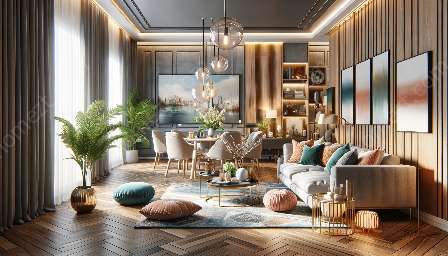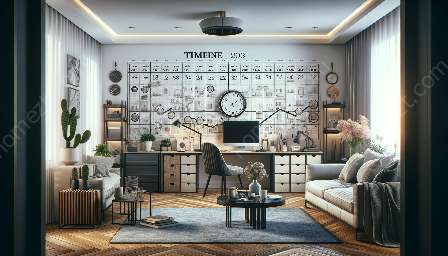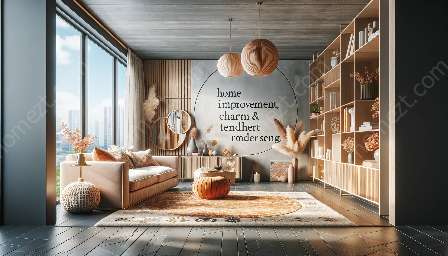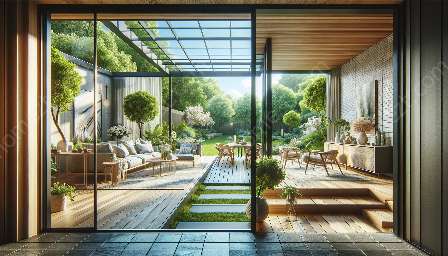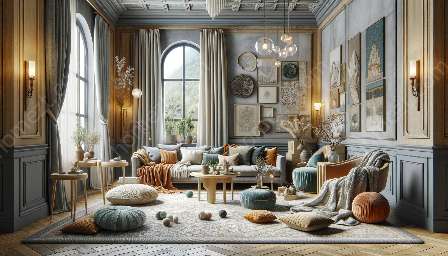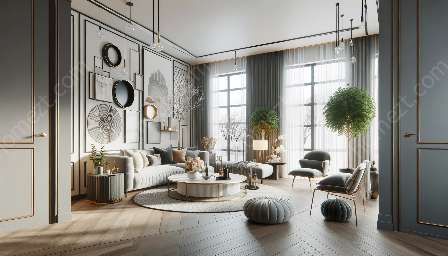Textiles play a crucial role in interior design and home furnishings, serving as more than just decorative elements. They contribute to the overall aesthetic, comfort, and functionality of a space. The thoughtful selection of textiles can elevate the ambiance of a room, creating a harmonious and engaging environment.
Understanding the Importance of Textiles
Textiles encompass a wide range of materials, including fabrics, rugs, draperies, and upholstery. Their selection impacts the visual appeal, tactile experience, and acoustic properties of a space. When integrated seamlessly, textiles enhance the design narrative, providing a cohesive and inviting atmosphere in a home.
Harmonizing Textiles with Design Styles
Each design style, such as modern, traditional, or eclectic, has distinct textile requirements. Understanding the compatibility of textiles with different design styles is essential to create a cohesive and visually appealing space. For instance, modern interiors might benefit from sleek, low-maintenance fabrics, while traditional settings may call for rich, textured textiles to add warmth and depth.
The Role of Textiles in Interior Design
- Color and Pattern: Textiles offer opportunities to introduce color and pattern into a space, contributing to the overall design scheme. Whether through bold prints or subtle hues, textiles can enliven a room or create a calming atmosphere.
- Texture: The tactile quality of textiles can add dimension and visual interest to an interior. From soft, plush materials to rugged weaves, textures create a sensory experience that enriches the space.
- Durability: When selecting textiles for home furnishings, durability is a key consideration. Fabrics and materials should withstand everyday use while maintaining their appearance and quality over time.
- Functionality: Beyond aesthetics, textiles contribute to the functionality of a space. For instance, acoustic fabrics can improve sound quality in a room, while performance fabrics offer stain resistance and easy maintenance.
The Art of Textile Selection
When selecting textiles for interior design and home furnishings, it’s crucial to consider the following factors:
- Intended Use: Determine the specific purpose of each textile, whether it’s for upholstery, drapery, or decorative accents. This influences the choice of material and construction.
- Color Palette: Consider the existing color palette and the desired mood of the space. Textiles should complement the overall color scheme while adding depth and visual interest.
- Coordinating Patterns: Balancing different patterns and scales is vital to prevent visual clutter. Harmonizing prints and solid fabrics can create a cohesive look.
- Material Quality: Assess the quality and characteristics of each material, considering factors such as breathability, strength, and maintenance requirements.
Bringing Textiles and Design Together
Integrating textiles into interior design and home furnishings requires a thoughtful approach. From selecting the right materials to considering their functionality, every decision contributes to the overall design narrative. By understanding the art of textile selection, interior designers and homeowners can curate inviting and visually appealing spaces that reflect their unique style and personality.

